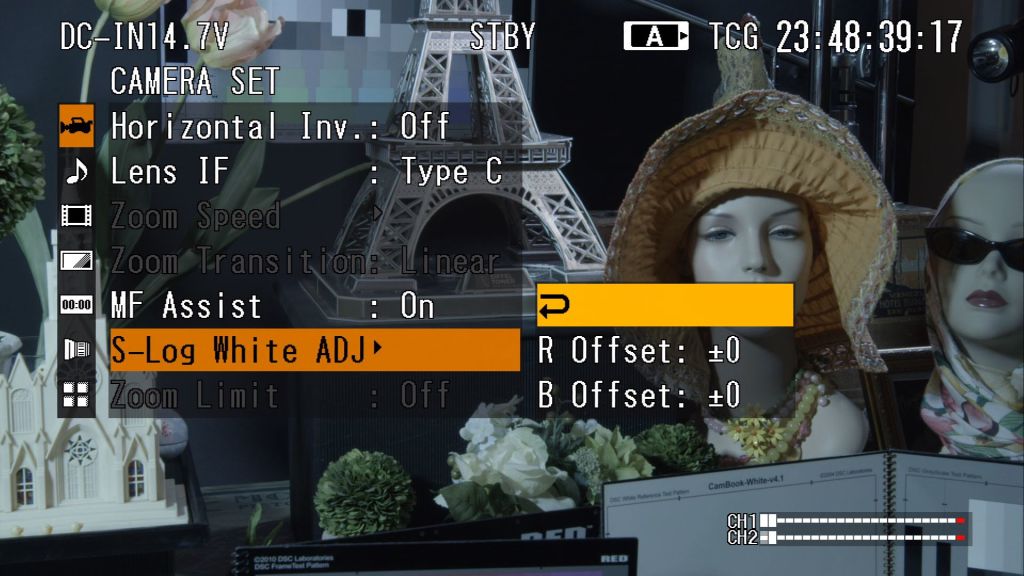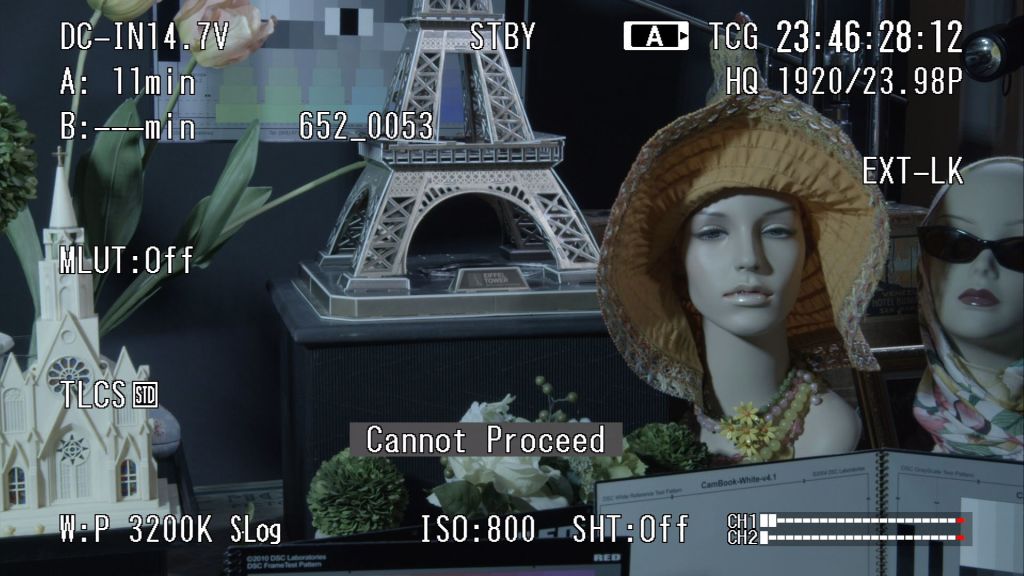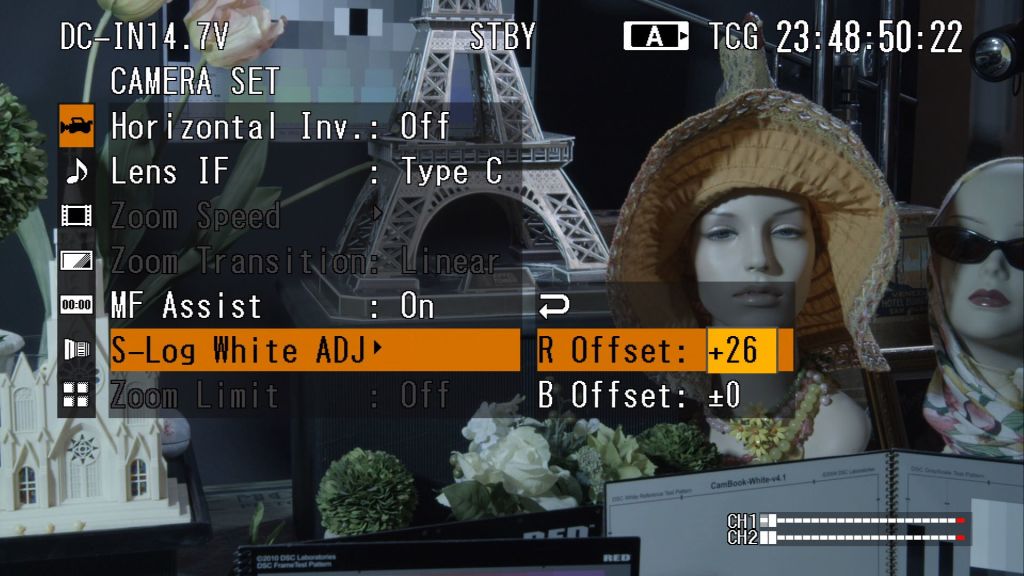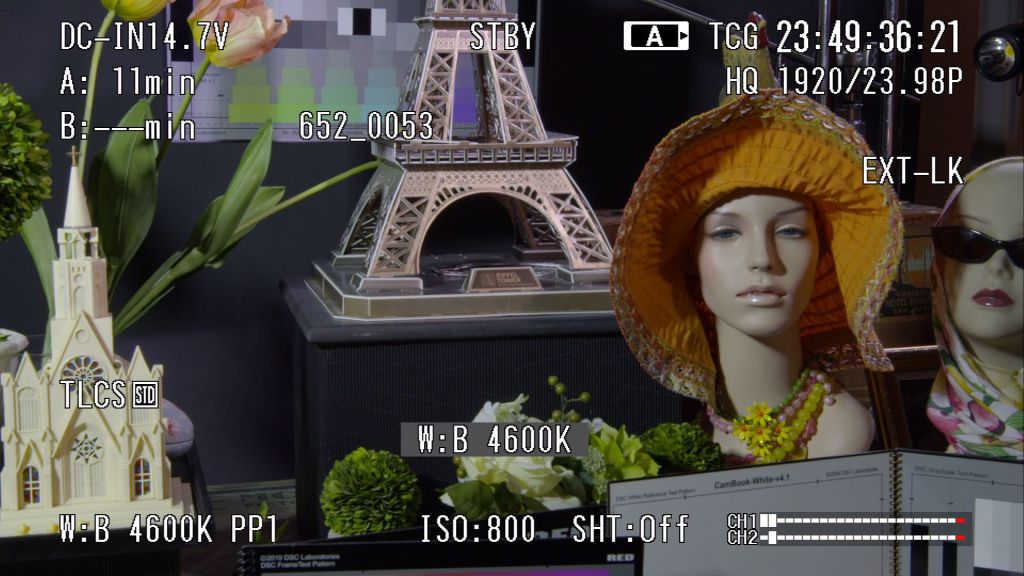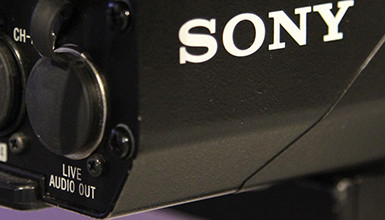However, with this addition comes two distinct ways of setting your white balance. It is especially important to mind your white balance when shooting in S-Log, because the setting is baked in to the recorded image - just like when shooting in HD.
Let's take a look at both methods of using White Balance with S-Log on the F3.
Traditional
The original way of enabling S-Log on the F3 was by purchasing the CBK-RGB01 option card. In this mode, there are only two White Balance presets: 3200K for tungsten, which is the default setting, and 5600K for shooting in daylight-balanced conditions.
What if you want the white balance to be something other than these presets? If you try to manually white balance the camera, a "Cannot Proceed" warning is displayed.
However, it is possible to offset the white balance using the "S-Log White ADJ" control located in the "Camera Set" menu. Here, the Red and Blue Channels can be manipulated to warm or cool the image. Keep in mind that this adjustment affects BOTH the S-Log output of the A terminal and the HD-SDI output. Therefore, these adjustments affect what is seen on the monitor AND what gets recorded. Adjustments for Red and Blue Channel are +/- 499.
New School
Firmware v1.4 introduced S-Log into Picture Profiles, and Andy recently posted two useful ones (S-Log and AB-Log). To choose the S-Log profile, go to the "Gamma" menu, and it will be located at the bottom of the option list. White balance can be offset using the "White" menu in Picture Profiles - this is the same as the method used to offset white balance in standard REC709 mode.??A & B, as well as ATW (Auto Tracing White), can be manipulated, along with the numerical preset for color temperature.
I hope you found this post helpful, and if there's anything else you'd like to see us cover - let us know in the comments!















